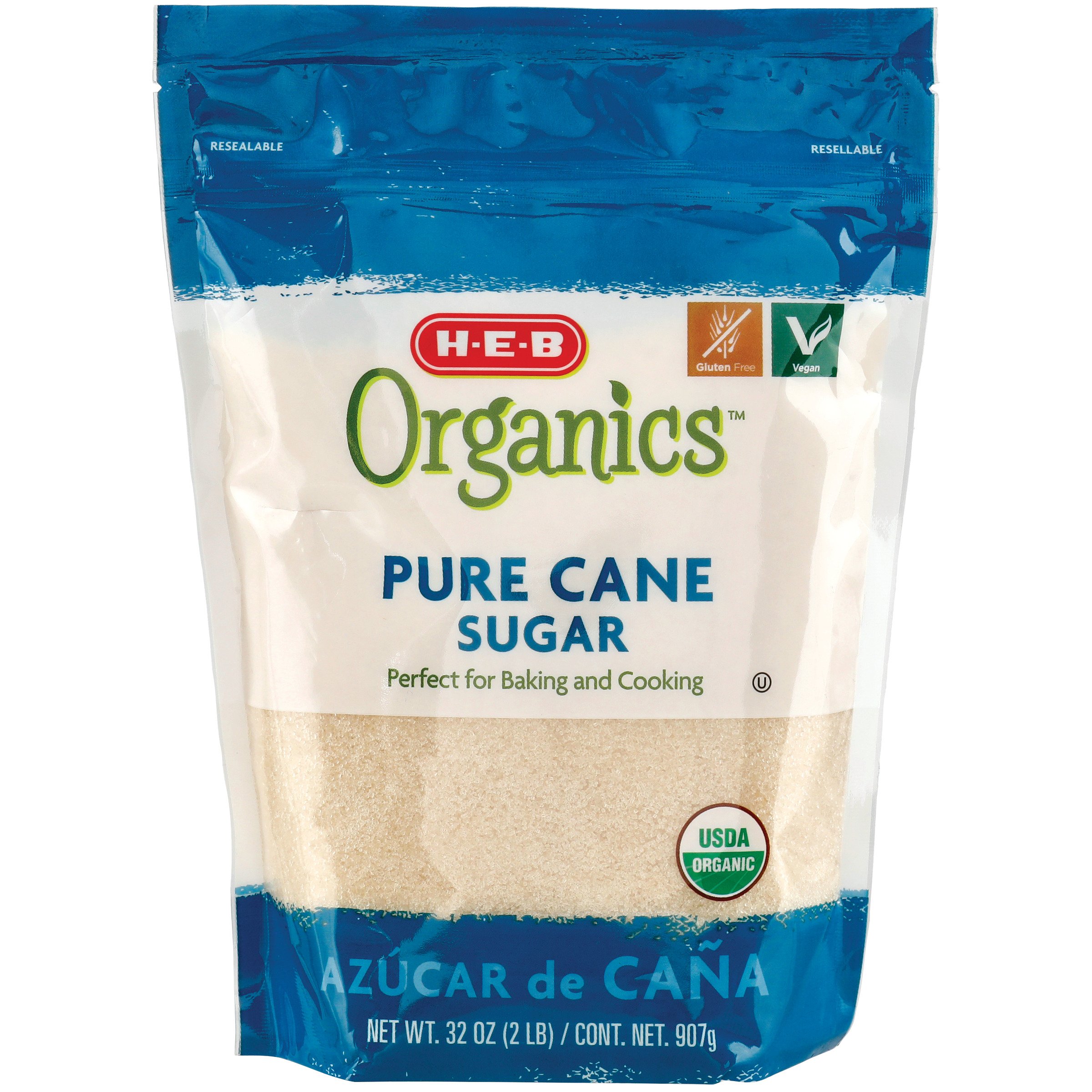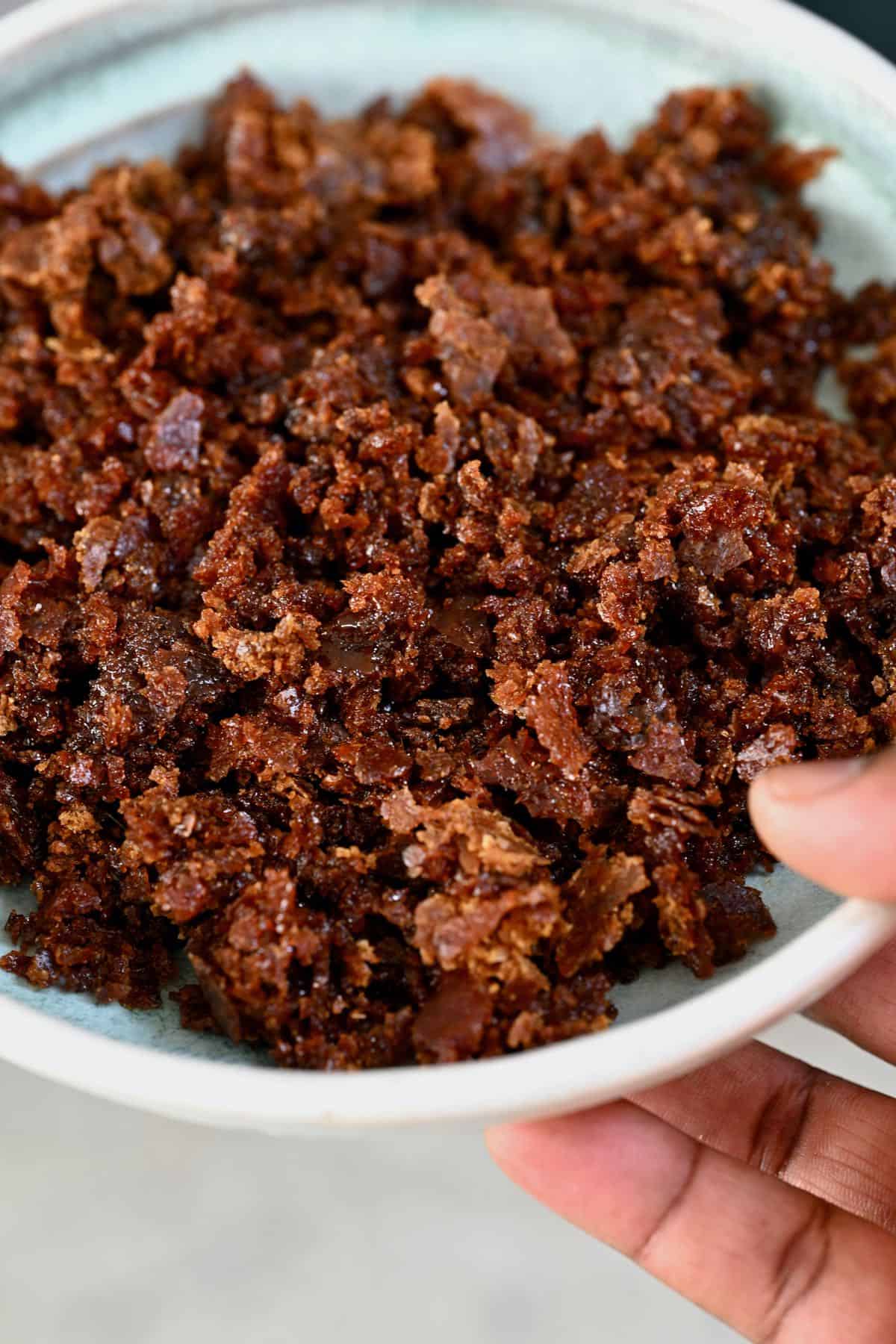The Journey of Cane Sugar Processing: From Harvest to Crystals
The Journey of Cane Sugar Processing: From Harvest to Crystals
Blog Article
An In-Depth Guide to the Ecological Influence and Sustainability Practices in Walking Stick Sugar Processing
The environmental effect of walking cane sugar handling presents a complicated range of challenges that warrant mindful assessment. From dirt degradation and too much water usage to the carbon impact associated with growing and production, the effects of standard practices are far-reaching. On the other hand, the adoption of innovative sustainability measures offers a pathway toward more liable production approaches. Understanding the interaction between these issues is critical for stakeholders in the industry. What specific practices can be carried out to strike a balance between productivity and environmental stewardship? The responses hinge on a more detailed look at both the challenges and potential solutions.
Summary of Walking Cane Sugar Handling
Cane sugar handling entails a collection of organized steps that change sugarcane right into refined sugar. Initially, gathered sugarcane is transferred to processing centers, where it undertakes cleaning to eliminate dirt and debris. Following this, the walking cane is squashed to remove juice, which is after that made clear by getting rid of impurities through home heating and the enhancement of lime.
The made clear juice undergoes dissipation, where water is removed to focus the sugar web content. These crystals are separated from the remaining syrup making use of centrifugation, resulting in raw sugar.
The end product is then dried and packaged for circulation. Throughout this entire procedure, keeping efficiency and top quality control is vital to ensure the sugar meets market requirements. Each step in walking cane sugar processing not just adds to the end product however additionally has implications for source usage and waste generation, setting the phase for conversations on sustainability and environmental effects associated with sugar manufacturing.
Ecological Obstacles of Production
The production of cane sugar presents numerous considerable environmental challenges that warrant attention. One key concern is the comprehensive use of agrochemicals, consisting of plant foods and chemicals, which can result in soil degradation, biodiversity loss, and contamination of regional water resources. The overflow from sugarcane fields typically brings these chemicals into nearby communities, interfering with aquatic life and affecting the health and wellness of areas reliant on these water bodies.
One more obstacle is the high power intake related to sugarcane handling. The boiling and refining phases require significant heat, mostly created by burning nonrenewable fuel sources, adding to greenhouse gas exhausts. Furthermore, the extensive land location required for sugarcane farming can result in deforestation and habitat destruction, more exacerbating environment modification and threatening wildlife.
In addition, the labor methods in some regions raise ethical issues, as employees may encounter poor working problems and inadequate incomes. This situation often bolsters a cycle of hardship in neighborhood areas. Cane Sugar Processing. Attending to these ecological challenges is vital for developing extra lasting techniques in walking cane sugar manufacturing, eventually profiting both the environment and the communities involved in this market
Water and Land Use Effect
Water sources and land use are vital components in the cane sugar sector that substantially influence the atmosphere. The farming of sugarcane needs significant water input, with estimates suggesting that it can eat approximately 2,000 liters of water per kilogram of sugar created. This intensive use water commonly results in depletion of neighborhood water sources, influencing not only the sugarcane vineyards but additionally surrounding communities and neighborhoods that count on the exact same water resources for agriculture and residential usage.

Furthermore, land usage for sugarcane growing can bring about deforestation and the conversion of all-natural habitats into monoculture haciendas. This practice reduces biodiversity, interferes with regional ecosystems, and adds to dirt degradation. The expansion of sugarcane areas often elbows in on important farming land, developing competition for resources in between food and biofuel production.
Sustainable methods, such as optimizing irrigation methods and applying plant turning, are essential to alleviate these influences. By embracing much more efficient water use and land monitoring strategies, the walking cane sugar sector can reduce its environmental impact, ensuring a balance in between agricultural productivity and environmental preservation.
Greenhouse Gas Emissions
Greenhouse gas discharges stand for a considerable ecological issue within the walking stick sugar handling industry, specifically as agricultural techniques expand to satisfy international demand. The growing of sugarcane, a plant that flourishes in exotic environments, relies heavily on synthetic plant foods you can try this out and chemicals, which add to nitrous oxide emissions. Furthermore, land-use changes, including logging for brand-new sugarcane haciendas, release carbon dioxide stored in plant life and soil.
During handling, energy usage is an additional major resource of greenhouse gas exhausts - Cane Sugar Processing. Several sugar mills make use of fossil fuels to power equipment and create warm, causing significant carbon impacts. In addition, the transportation of raw sugarcane and ended up items adds layers of emissions through fuel combustion in cars
The cumulative impact of these discharges worsens climate adjustment, posturing dangers not only to the atmosphere yet likewise to the long-lasting practicality of the sector. Stakeholders must identify the immediate requirement for detailed strategies that address these exhausts. This includes assessing present farming techniques, processing approaches, and transport systems to determine areas for renovation and mitigation. Dealing with greenhouse gas emissions is necessary for cultivating an extra lasting walking stick sugar market in an altering environment.

Sustainable Practices and Innovations
Sustainable techniques and technologies are progressively vital in the cane sugar handling sector as stakeholders look for to reduce environmental effects while keeping productivity. One substantial innovation is the execution of integrated plant monitoring, which enhances resource usage by incorporating soil monitoring, pest control, and plant turning strategies. This strategy enhances return while lessening chemical inputs and maintaining dirt health and wellness.
Additionally, the fostering of renewable power sources, such as biomass from sugarcane residues, has actually obtained grip - Cane Sugar Processing. By converting waste items right into energy, processing centers can lower their reliance on fossil fuels, consequently decreasing greenhouse gas discharges
Water administration techniques have actually additionally seen improvements through the recycling and reusing of water in handling plants, substantially reducing freshwater usage. Innovations in innovation, such as precision agriculture, allow farmers to monitor plant health and wellness and source usage better, making certain lasting cultivation methods.
Additionally, qualification programs like Fair Profession and Rain forest Partnership encourage ecologically liable farming techniques and advertise social equity within the supply chain. By welcoming these sustainable techniques and developments, the walking cane sugar processing market can boost its resilience and add favorably to environmental stewardship.
Final Thought
The environmental effect of walking cane sugar handling presents considerable obstacles, consisting of dirt destruction, high water intake, and greenhouse gas emissions, together with ethical problems connected to labor methods. Dealing with these issues via lasting methods, such as integrated use this link crop monitoring, renewable resource adoption, and water recycling, is vital. By advertising socially equitable and ecologically responsible techniques in sugar manufacturing, the sector can minimize its adverse effects, making certain a more lasting future for both environments and neighborhoods associated with this field.
Walking cane sugar handling includes a series of systematic actions that use this link change sugarcane right into refined sugar. Each action in walking cane sugar processing not only adds to the final product but also has implications for source usage and waste generation, establishing the phase for conversations on sustainability and environmental effects connected with sugar production.
Greenhouse gas exhausts represent a considerable environmental problem within the cane sugar handling market, specifically as agricultural practices broaden to satisfy worldwide need.Sustainable techniques and developments are increasingly crucial in the walking cane sugar handling market as stakeholders seek to reduce ecological influences while preserving performance.The environmental impact of walking stick sugar handling provides substantial challenges, including soil destruction, high water usage, and greenhouse gas emissions, along with moral concerns associated to labor techniques.
Report this page